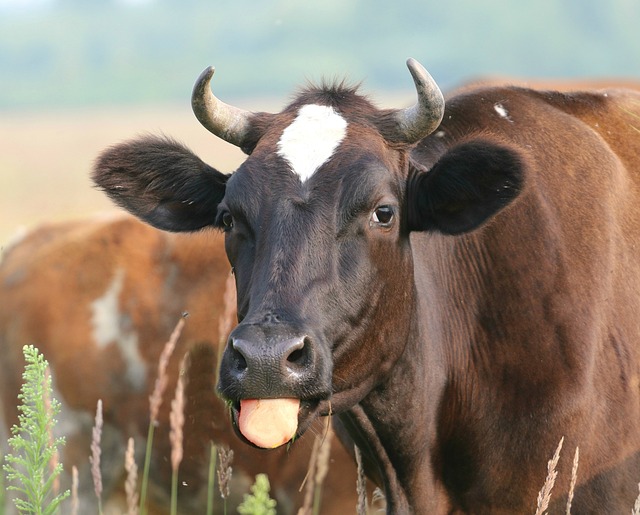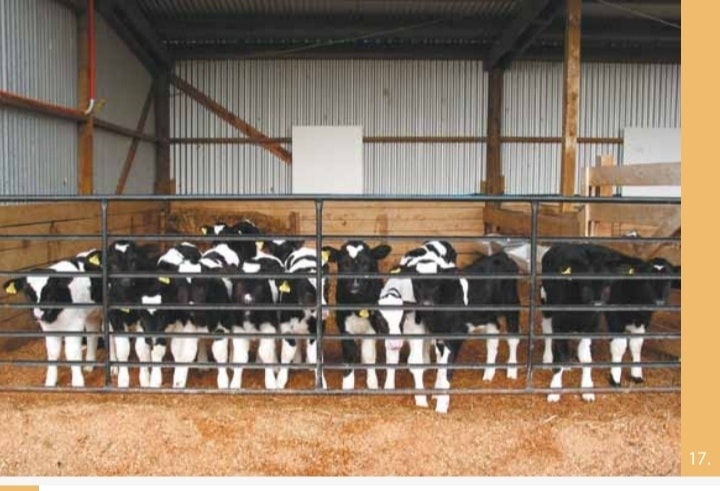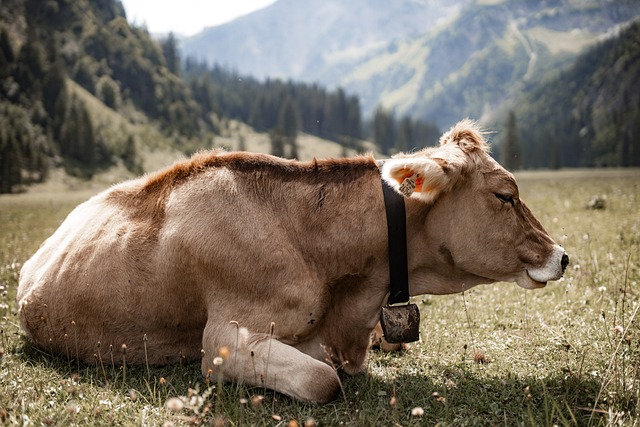Rabies is a deadly viral infection that targets the central nervous system and is invariably fatal in livestock. This disease affects all warm-blooded animals, including humans and cattle. Rabies transmission primarily occurs through the bites of infected animals or by contact with their saliva on broken skin or mucous membranes. Notably, the rabies virus can be present in an animal’s saliva before symptoms manifest, making the animal infective for up to five days before any signs of rabies become evident.
Transmission of Rabies in Livestock
While cattle are not common sources of rabies infection for other animals due to their rare biting behavior, they can still transmit the disease to humans. The virus can enter the human body through contact with saliva from a rabid cow, especially if it reaches broken skin. Therefore, handling sick livestock requires caution. Always wear protective clothing and gloves, and use household bleach to disinfect any equipment or instruments that come into contact with the animal’s saliva.
Fortunately, the rabies virus is fairly fragile; it dies in dry saliva within a few hours and is easily eliminated by disinfectants. However, if it gains entry through a wound, it targets the nerves, traveling along nerve networks to the brain and ultimately to the salivary glands, facilitating further transmission via saliva.
Symptoms of Rabies in Cattle
The incubation period of rabies in cattle—the time between infection and the appearance of symptoms—varies. Factors influencing this period include the bite’s location, the virus amount in the saliva, the time taken for the virus to reach the central nervous system, and the bitten animal’s immune status. For example, a cow bitten on a hind leg might not show symptoms as quickly as one bitten on the nose. However, once symptoms appear, the disease is always fatal.
When the virus invades the spinal cord and brain, it causes encephalitis (brain inflammation) or meningitis (inflammation of the protective membrane around the brain), leading to nerve cell destruction. Early and common symptoms include difficulty swallowing, fever, blindness, depression, abdominal pain, seizures, and behavioral changes. Affected cows may attempt to eat or drink but cannot swallow, leading to drooling due to their inability to manage saliva.
Preventing and Treating Rabies in Livestock
Vaccination is the most effective preventive measure against rabies in livestock, especially in regions where the disease is prevalent. Annual vaccinations are recommended for cats, dogs, horses, and cattle. Vaccinated animals that are bitten by a rabid animal should receive an immediate booster shot and be quarantined for 90 days. Unvaccinated animals are at higher risk and public health officials often recommend euthanasia or slaughter to prevent the spread of rabies.
For humans exposed to rabies, post-exposure vaccination is routine and crucial. The absence of timely intervention in animals usually results in recommendations for immediate euthanasia to control the disease’s spread and safeguard public health.
Conclusion
Rabies in livestock is a serious concern due to its fatal nature and potential for transmission to humans. Understanding the modes of transmission, recognizing the symptoms, and implementing effective vaccination protocols are critical steps in managing and preventing rabies. By following these guidelines, livestock handlers can protect themselves and their animals from this deadly disease.





